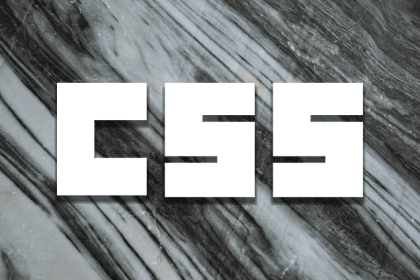
:empty pseudo-classWe use the CSS :empty pseudo-class to create more dynamic and engaging UX, while simplifying code and boosting website speed.
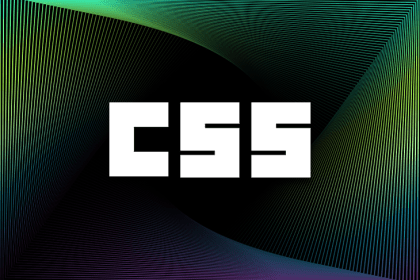
In this article, we’ll explore using Stylelint plugins to help us adopt and enforce defensive and logical CSS practices.

Style a table component using Tailwind CSS by using its utility classes, table borders, and the hover, focus, and active states.
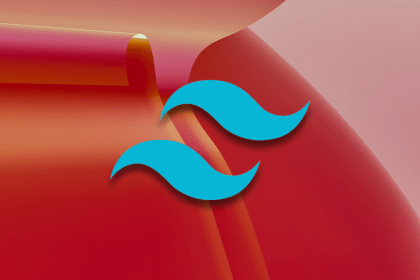
Create reusable React components with Tailwind CSS, an easy way to style apps without high-level mastery of CSS.
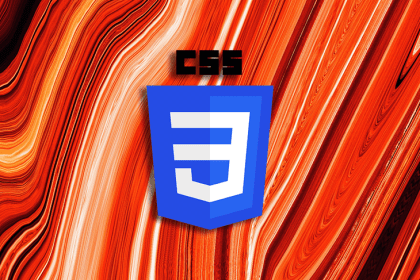
Learn how to build and style an interactive pie chart using only HTML and CSS.
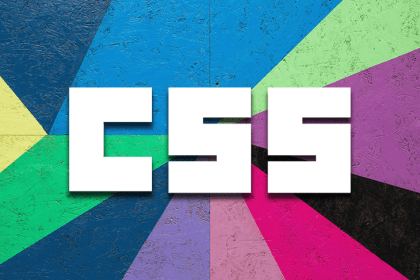
We explore 15 of the best free CSS shape generators, including triangles, polygons, waves, blobs, speech bubbles, patterns, and more.
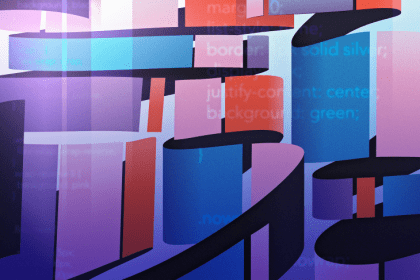
The CSS flex-wrap property allows you to control the wrapping behavior of flex items when they exceed the size of their flex container.
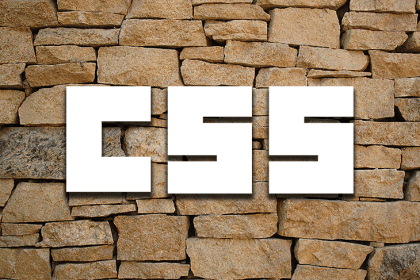
gap property vs. margin propertyLearn the subtle but important differences between the CSS gap and margin properties, as well as how their appearances change by layout choice.
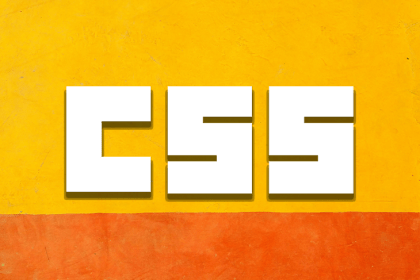
Learn how to leverage CSS logical properties to enhance the flexibility and responsiveness of your web design.
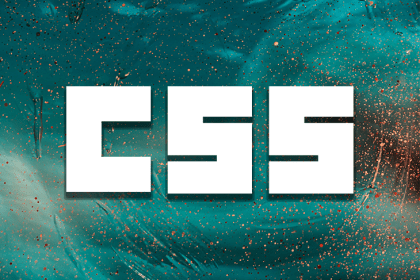
We explore a variety of approaches for hiding webpage elements using CSS and evaluate them for performance and accessibility.
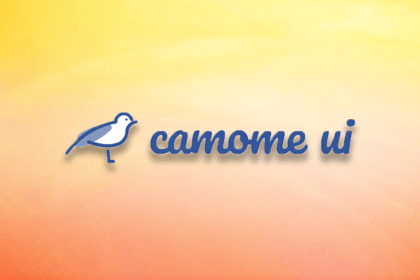
Use the Camome UI framework to design customizable user interfaces that adhere to accessibility and provide pre-built components like buttons and keyboard tags.
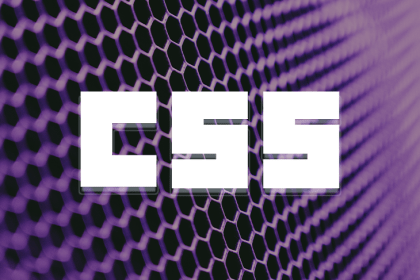
Learn how to improve accessibility and enhance UX for high-contrast users with CSS and how to diagnose website accessibility issues.